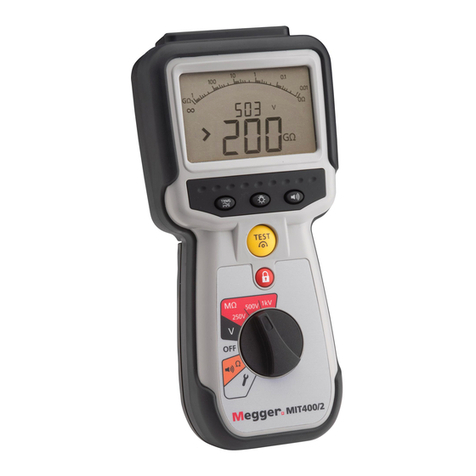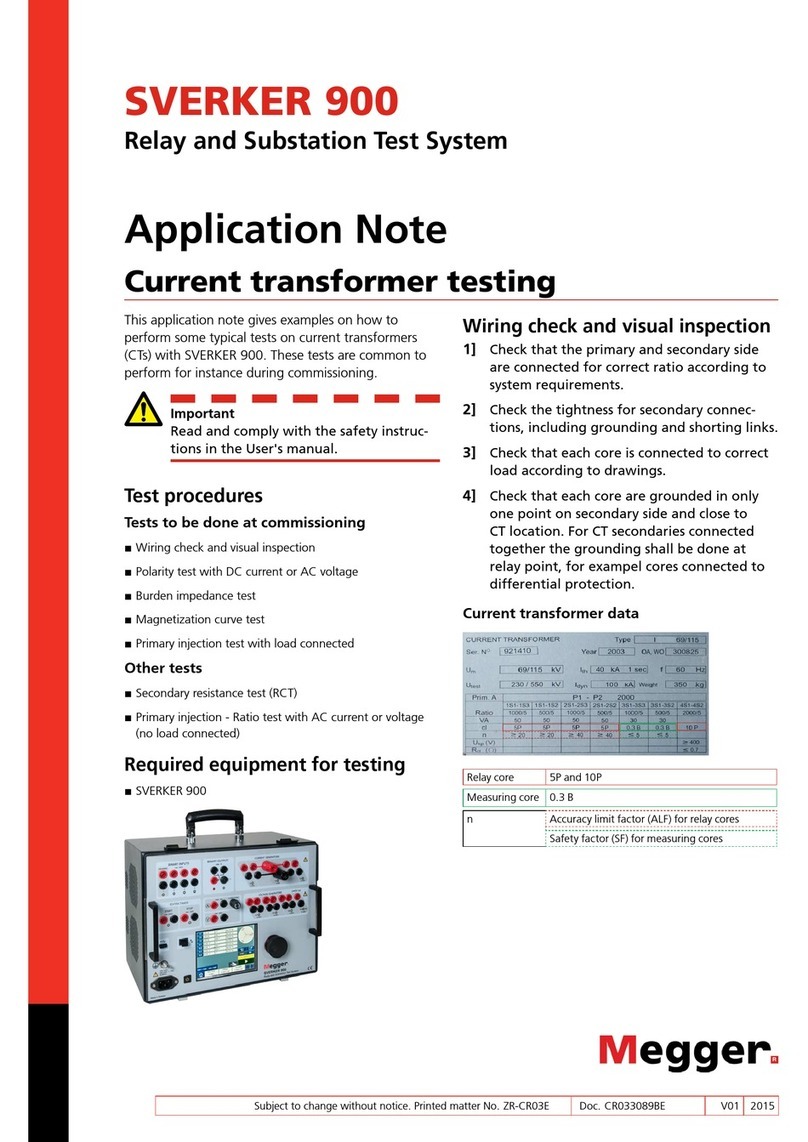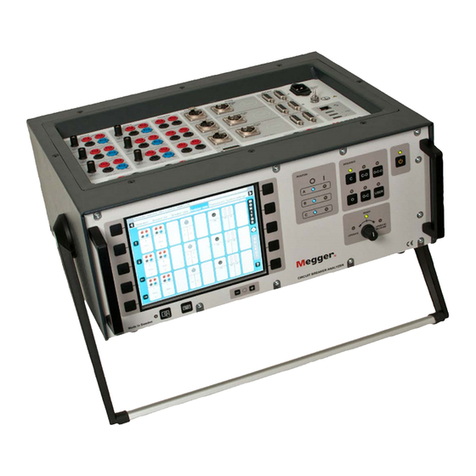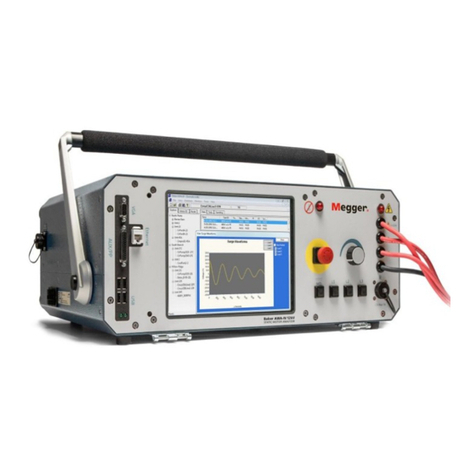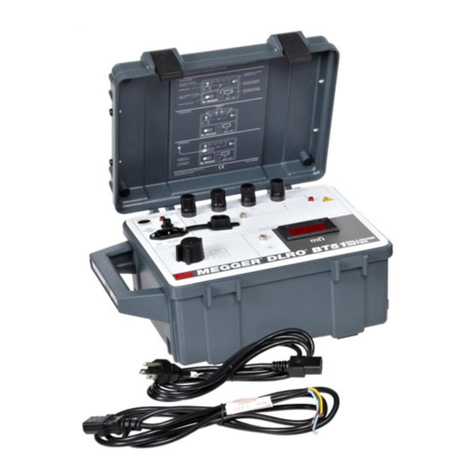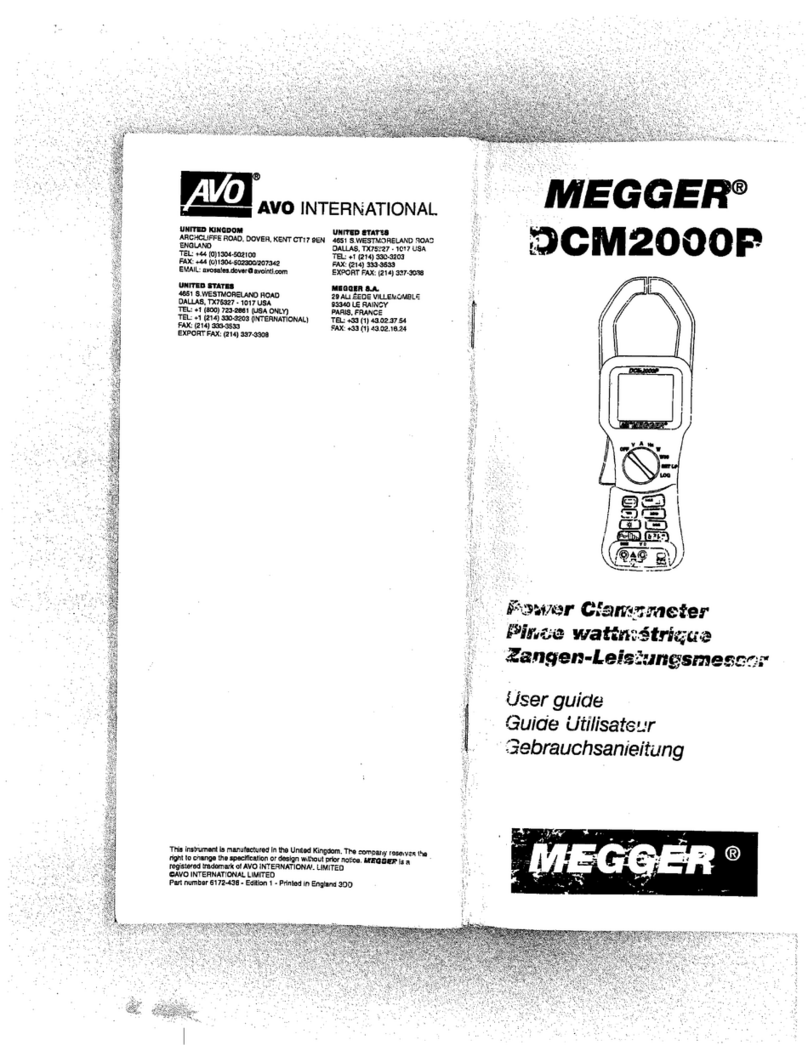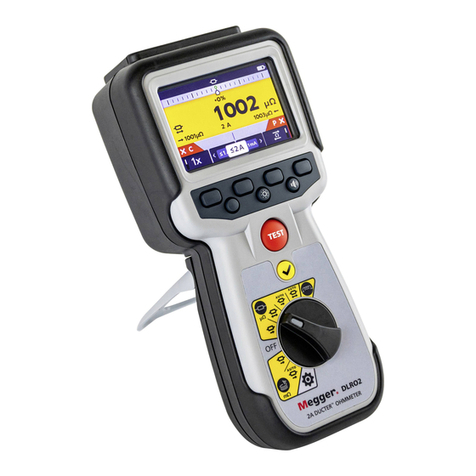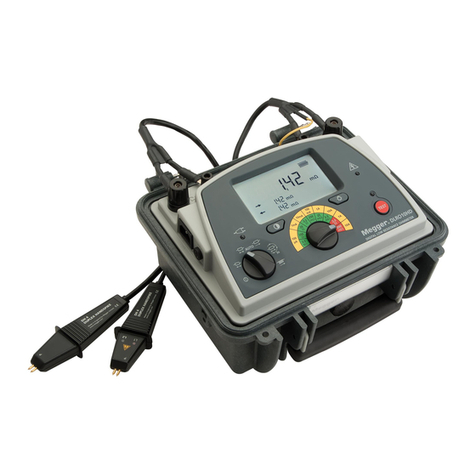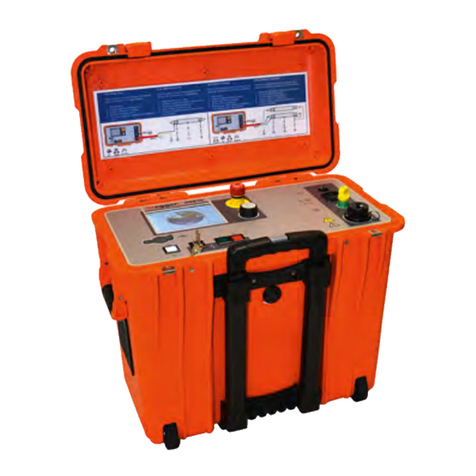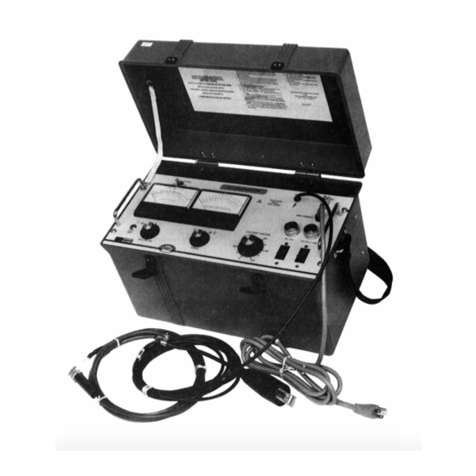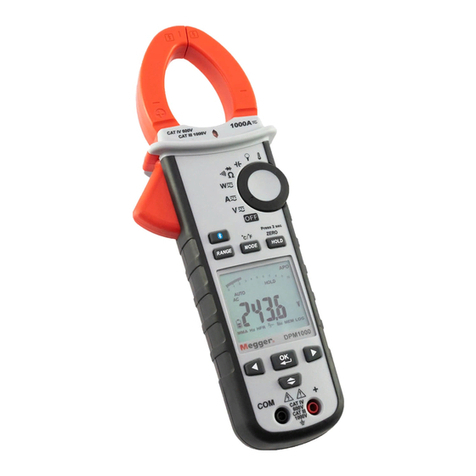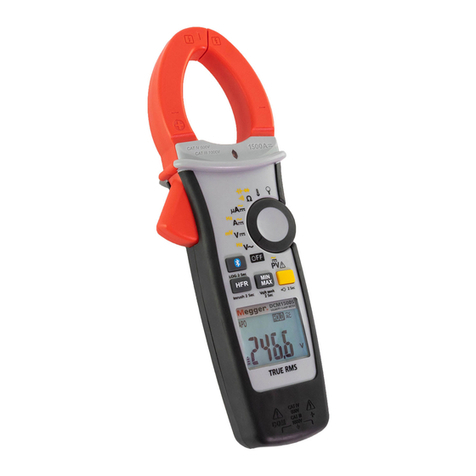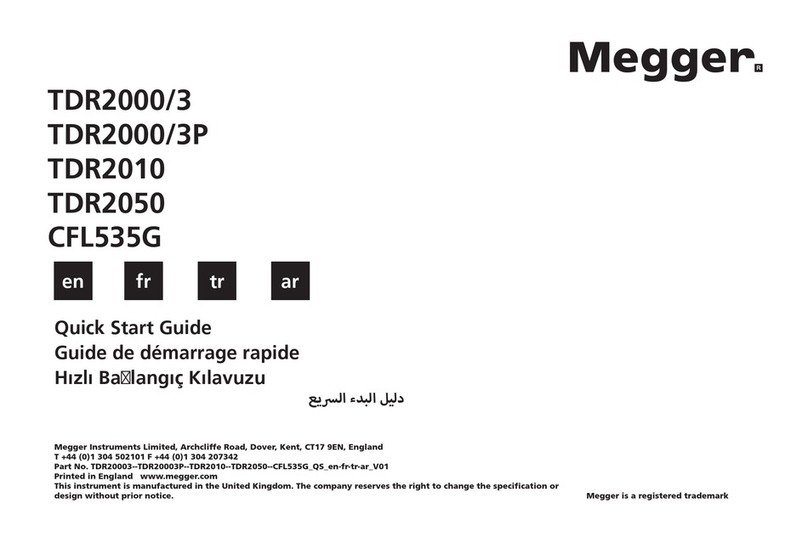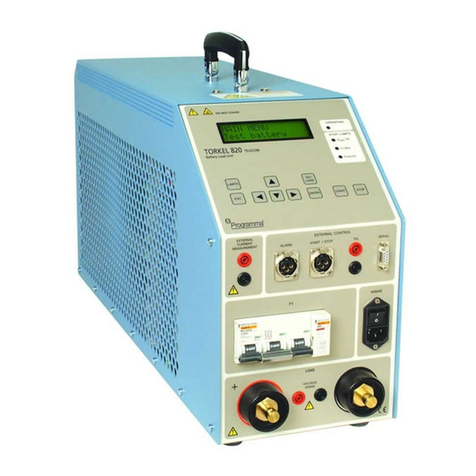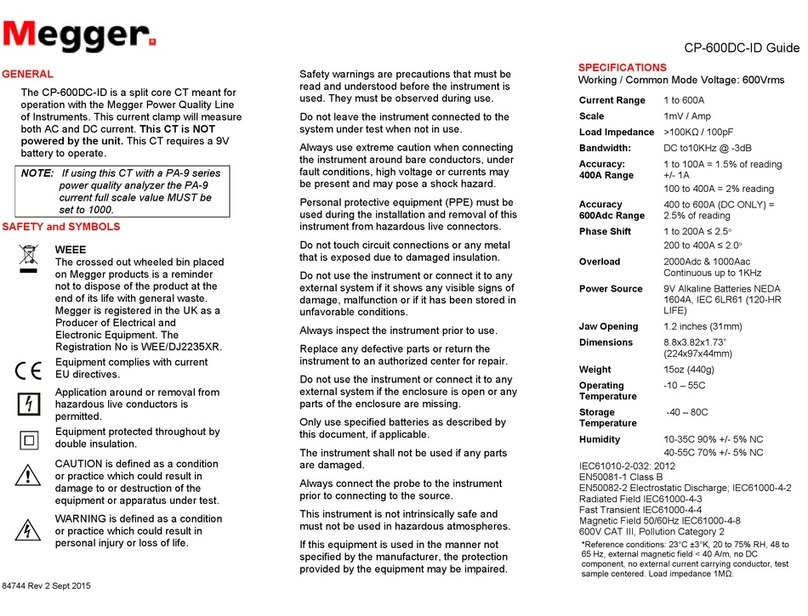
Table of Contents
1. Introduction ............................................................................................................................... 5
1.1. Product description, FRAX ........................................................................................................ 5
1.2. Company website .................................................................................................................... 5
1.3. Receiving Instructions .............................................................................................................. 5
1.4. Support, service & repair ......................................................................................................... 5
1.5. Calibration .............................................................................................................................. 6
1.6. Warranty ................................................................................................................................. 6
1.7. Contact information ................................................................................................................ 7
1.8. Shipping with battery ............................................................................................................... 7
2. General safety ............................................................................................................................ 8
2.1. Symbols on the instrument ...................................................................................................... 8
2.2. Warning and caution notices .................................................................................................... 8
2.3. Accessories ............................................................................................................................. 8
2.4. Cables .................................................................................................................................... 8
2.5. Placement ............................................................................................................................... 9
2.6. Cleaning .................................................................................................................................. 9
2.7. Damaged product ................................................................................................................... 9
2.8. Inputs and outputs .................................................................................................................. 9
2.9. Lightning ............................................................................................................................... 10
2.10. Servicing ............................................................................................................................. 10
2.11. Safety instructions ............................................................................................................... 11
2.12. Battery inside ...................................................................................................................... 12
3. Instrument description ............................................................................................................ 13
3.1. Front panel FRAX 99/101 ....................................................................................................... 13
3.2. Front panel FRAX 150 ............................................................................................................ 14
3.3. Bluetooth Communication (only FRAX 101) ............................................................................. 14
3.4. Built-in battery pack and charger ............................................................................................ 16
3.5. Ground loop detector ............................................................................................................ 17
3.6. Sweep frequency response .................................................................................................... 17
4. Quick start tutorial ................................................................................................................... 19
4.1. Preparatory procedures ......................................................................................................... 19
4.2. Ground loop control .............................................................................................................. 19
4.3. Start FRAX and establish communication ................................................................................ 19
4.4. Create a new test .................................................................................................................. 20
4.5. Test lead connection .............................................................................................................. 21
4.6. Start Measurement ............................................................................................................... 24
5. FRAX Software ........................................................................................................................... 26
5.1. Installing FRAX Software ......................................................................................................... 26
5.2. Overview ............................................................................................................................... 26
5.3. File Menu .............................................................................................................................. 28
5.4. Edit menu ............................................................................................................................. 36
5.5. Conguration menu ............................................................................................................... 36
5.6. Windows menu ..................................................................................................................... 46
5.7. Action buttons ...................................................................................................................... 47
5.8. Legend ................................................................................................................................. 48
5.9. Usage overview ..................................................................................................................... 49
5.10. File description .................................................................................................................... 49
5.11. Test description ................................................................................................................... 49
5.12. Measurement settings ......................................................................................................... 50
5.13. Views .................................................................................................................................. 50
5.14. Legend action button description ......................................................................................... 51
5.15. Correlation analysis ............................................................................................................. 51
5.16. Exit (Alt+F4) ......................................................................................................................... 52
5.17. Connect .............................................................................................................................. 52
www.megger.com FRAX-series 3
